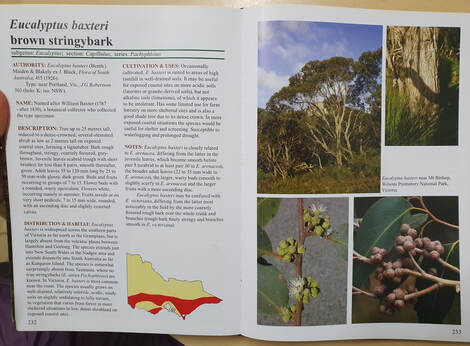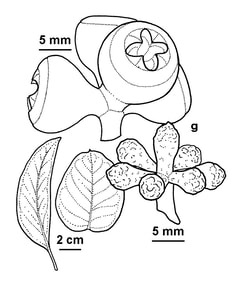|
Bush for life has been very kind in allowing me to share the resource below. I will add to it some more information generated by KPCN group members. Bush for life has added information to say ''the recommendations stand up 14 years later, in terms of time efficient control. Fair to say that most of our staff and volunteers still hand dig and remove bulbs when dealing with Monadenia on Bush For Life sites, and then simply remove flowerheads later in the season when we run out of time to dig up the bulbs in that season. This reduces the amount of seed produced and new seedlings the next year. We still avoid disturbing the seedheads once they have seed in them, as there is too much risk of spreading the dust-like seed into new areas. All bulbs and flowerheads removed from the site need to be disposed of correctly- generally crushing them both is okay.''
0 Comments
I’ve attached the bird list that I made during the visit. Thirty-three species in total for the day which is a good day’s birding. There was some discussion about orchid ID – the following is very useful and about as up-to-date as you will get – Bush Gems: a guide to the wild orchids of Victoria https://bushorchids.weebly.com/bush-gems-orchids-of-victoria.html It is available as an eBook on CD-rom which I have loaded to my laptop and phone. There are also some new plant ID tools becoming available which use Lucid technology. Very powerful and fairly intuitive to use. Unlike traditional plant keys you can usually identify things with incomplete information e.g. seed characteristics when you don’t have seeds available. At the moment these are only available for some of the larger plant families. You need to be online to use them. The Pea Key - https://www.anbg.gov.au/cpbr/cd-keys/peakey/key/The%20Pea%20Key/Media/Html/index.html Wattle – Acacias of Australia - https://apps.lucidcentral.org/wattle/text/intro/index.html Euclid - Eucalypts of Australia - https://apps.lucidcentral.org/euclid/text/intro/index.html Asteraceae of Victoria - https://vicflora.rbg.vic.gov.au/static/keys/asteraceae and click “Go to Key Player” We spent quite a bit of time talking about weeds and, in particular African Weed Orchid. I’ve attached a set of photos that I prepared so that I could show people what to look for. Feel free to print copies to show others. Cheers, Euan
We were also discussing the difference between Brown Stringybark (Eucalyptus baxteri) and Desert Stringybark (Eucalyptus arenacea). There are a few features to identify them, though the bud seems to be the clearest (rough/warty bud cap on Brown Stringy and non-warty on Desert Stringy) - images from RBG attached. The fruit (nut) on Brown Stringy is generally sessile (no stalk), where as the fruit on Desert has a very short pedicel (stalk). Attached are descriptions from Eucalypts of Victoria & Tasmania by D. Nicolle. Flora of Victoria online is a great resource too;
Brown Stringybark: https://vicflora.rbg.vic.gov.au/flora/taxon/f970ddca-8b2c-4160-8368-54d9e0bbfa92 Desert Stringybark: https://vicflora.rbg.vic.gov.au/flora/taxon/bf1845b1-4701-4887-90f0-476035bf9f55 Written by Mirinda Thorpe |
AuthorThis page is to record conversations held within the group that would be useful for sharing information. ArchivesCategories
All
|




 RSS Feed
RSS Feed